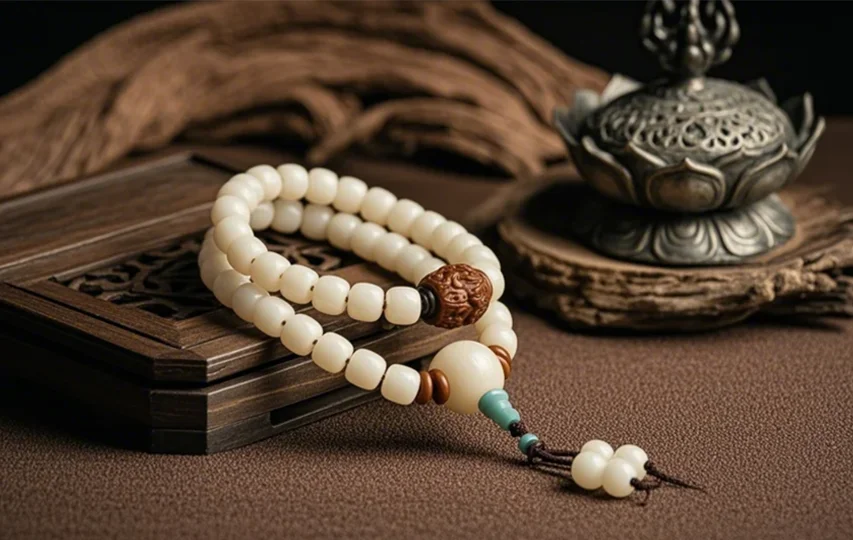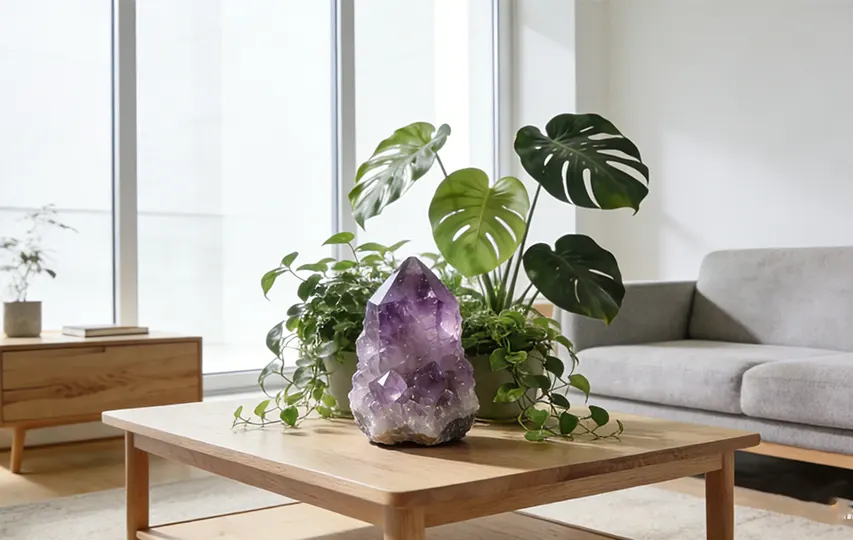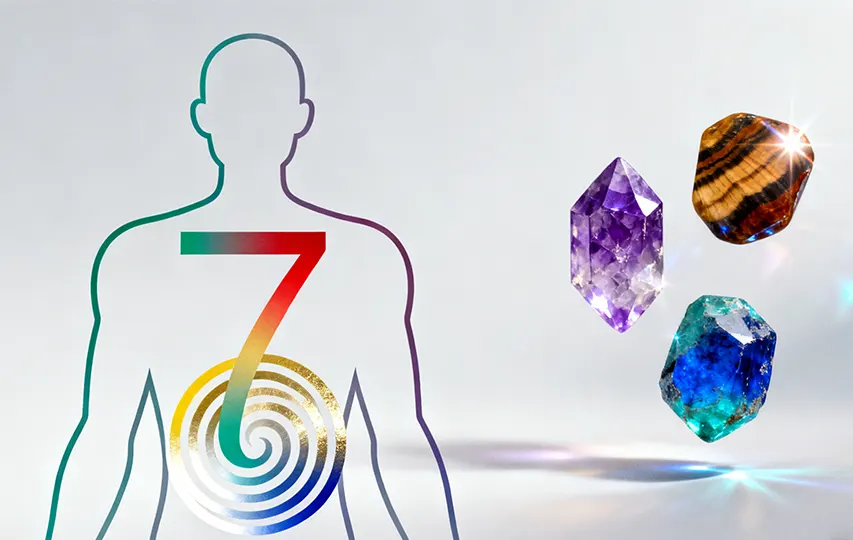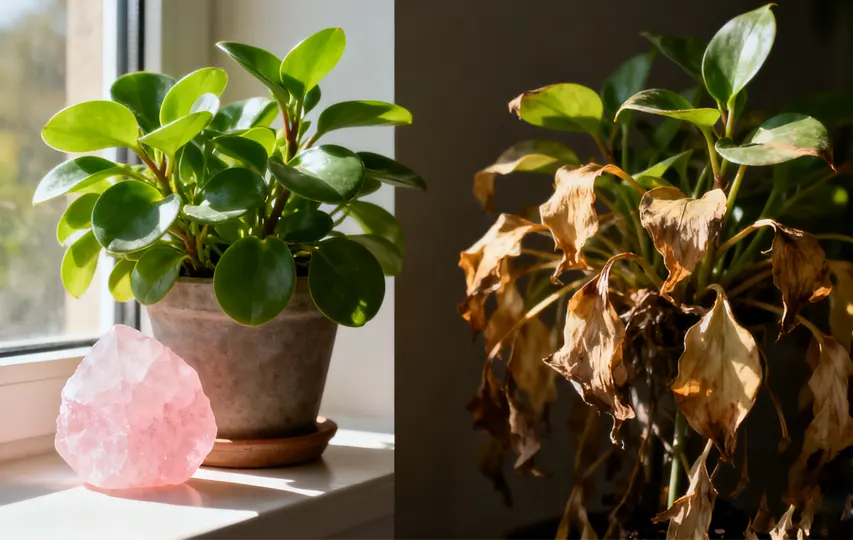
How to Distinguish Real Bodhi Bracelets?
Safeguard Your Spiritual Beads
In the vibrant world of cultural artifacts, Bodhi bracelets shine like stars, radiating a unique artistic allure. They carry profound Buddhist significance and charm collectors with their rustic elegance. However, the market’s complexity brings counterfeit Bodhi beads, causing concern among enthusiasts. Today, let’s explore how to distinguish real bodhi bracelets.
The Cultural Roots and Value of Bodhi Bracelets
Each bead on a Bodhi bracelet seems to tell an ancient story. Deeply connected to Buddhism, Bodhi represents enlightenment and wisdom, embodying spiritual aspirations. These bracelets are not just accessories; they symbolize a pursuit of inner peace. Whether in temple chimes or amidst worldly noise, Bodhi bracelets hold irreplaceable value.
Bodhi bracelets come in many types, including Bodhi roots, Star and Moon Bodhi, and Vajra Bodhi, each with unique characteristics. Their appearance and texture vary but share a profound cultural essence, making them highly sought after and creating opportunities for counterfeiters.
Guide to Identifying Authentic Bodhi Bracelets
Visual Cues: Observing Appearance
Color Depth: Authentic Bodhi bracelets display natural colors. For instance, genuine Bodhi root beads have soft hues, from off-white to light yellow, with subtle transitions like morning light breaking through clouds. By contrast, fake beads often show unnaturally bright or uniform colors, lacking natural vitality. Star and Moon Bodhi beads also differ; genuine ones have varied star patterns in black or brown, resembling a starlit sky. Fake Star and Moon beads appear flat and uniform, with lifeless, printed-like star points.
Texture Patterns: The texture of genuine Bodhi beads is a unique mark of nature. Real Bodhi roots display fine, irregular lines, like age-worn marks on ancient walls. Fake ones, however, show uniform patterns, resembling mass-produced molds. For Vajra Bodhi, the genuine texture is intricate, deep, and layered, like natural ravines, with clear, smooth lines. Fake beads often have unclear, stiff patterns, lacking the natural grace of authentic ones.
Touching the Difference: Sensing Texture Variations
Weight and Density: Hold a Bodhi bracelet; genuine ones feel dense and weighty. For instance, true Phoenix Eye Bodhi beads are denser and give a solid weight in hand, reflecting their compact texture. In contrast, fake Phoenix Eye beads often feel hollow, lacking substance. Genuine Bodhi root beads also have heft, while fake ones feel overly light.
Surface Feel: Gently touch a real Bodhi bracelet. The surface feels fine and smooth, like a jade polished over time. Even slightly rough natural Bodhi beads won’t feel harsh. Fake beads may either feel too smooth, as if wax-coated, or unpleasantly rough, as imitators struggle to replicate the natural Bodhi texture.
Smell for Authenticity: Scent Clues
Natural Aroma: Genuine Bodhi bracelets carry a unique scent from nature. For instance, heated Bodhi root emits a faint aroma like roasted corn, pleasant and earthy. White Jade Bodhi may have a subtle herbal scent, naturally soft, not overpowering. This scent is intrinsic, gentle, and inviting.
Chemical Odor: Fake Bodhi bracelets, however, often emit a sharp, artificial smell, a result of chemicals used in production. Plastic replicas may carry a strong plastic odor, unmistakably synthetic. If the bracelet smells pungent or unpleasant, it may be counterfeit.
Sound Clues: Listening for Authenticity
Stable Sound: When you shake a Bodhi bracelet, authentic beads produce a steady, gentle sound, like a temple’s wooden fish drum—a soft, resonant tone. This sound reflects the beads’ natural density and unique vibration frequency.
Sharp Noise: In contrast, fake beads, especially those made of plastic or glass, produce a sharp, piercing sound when shaken, resembling clashing metal. This sound is too high-pitched, lacking the calming depth of genuine Bodhi beads.
Additional Tips for Identifying Authenticity: Detailed Inspections
Bead Holes: Examine the bead holes closely. Authentic Bodhi beads usually have slight imperfections around the holes, like rough edges. Scrape the inside of the hole with a toothpick; genuine Bodhi roots will release fine powder, which crushes easily. Due to different materials and techniques, fake beads often have smoother holes with a harder residue.
Natural Changes Over Time: True Bodhi bracelets change with wear. Real Bodhi roots develop a sheen over time as natural oils emerge, and the color gradually deepens. Fake beads rarely change naturally; instead, they may retain their initial appearance or show unnatural discoloration.
Smart Shopping Tips for Bodhi Bracelets
When buying Bodhi bracelets, be cautious. First, choose reputable sources, such as trusted shops specializing in religious or handmade jewelry, which prioritize quality and maintain their reputation. Second, avoid suspiciously low prices, as authentic Bodhi bracelets involve material, craftsmanship, and transport costs. Finally, educate yourself on Bodhi types and features before purchasing to avoid falling for scams.
In conclusion, authenticating Bodhi bracelets requires multiple techniques, assessing appearance, texture, scent, sound, and finer details. May every Bodhi bracelet lover sharpen their skills, finding a true “spiritual bead” to illuminate their lives with cultural brilliance.
Get to Know Free Numerology Chart
Get to Know More about Feng Shui












